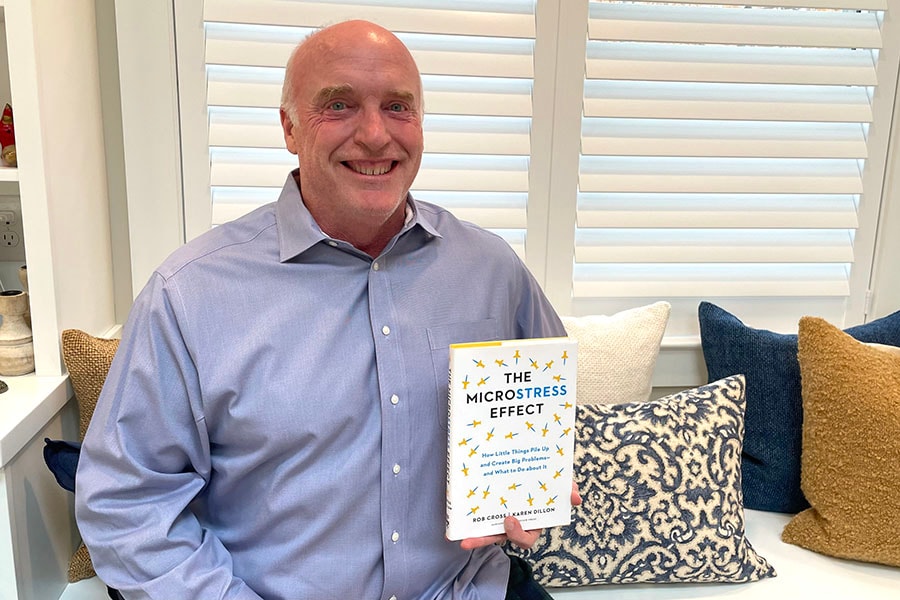
Build dimensionality into your connections: Rob Cross
Rob Cross, author and senior vice president of research at the Institute for Corporate Productivity, shares strategies to deal with microstress and its ripple effects
 Rob Cross, Senior vice president of research at the Institute for Corporate Productivity
Rob Cross, Senior vice president of research at the Institute for Corporate Productivity
Small moments of stress take a cumulative toll but authentic relationships can help immensely in beating them, says Rob Cross, the co-author of The Microstress Effect: How Little Things Pile Up and Create Big Problems—and What to Do about It. Cross is also the senior vice president of research at the Institute for Corporate Productivity (i4cp), the Edward A Madden Professor of Global Leadership at Babson College. Edited excerpts from an interview:
Q. How is ‘microstress’ different from the kind of ‘stress’ we usually talk about?
Microstress is a term we created to describe a phenomenon we were seeing in our research but didn’t have language for. Microstresses are moments of stress, triggered by the people in our professional and personal lives, that are so routine that we barely register them, but whose cumulative toll is debilitating.
Conventional stress is big, visible, and obvious to all—think about dealing with a major health issue, losing a job, or a death in the family. By contrast, microstress is far less obvious. We don’t always see it, and even when we do, we don’t necessarily think it’s affecting us. For example, it might be triggered by a well-intended boss who shifts your priorities. Or having to put in a little extra time to finish a joint project when two of your teammates fall just slightly short on their part. Each individual stressor seems manageable in the moment. But cumulatively we are hit with too many of these today. And they can also create ripple effects of primary, secondary, and sometimes even tertiary consequences that can last for hours or days.
Q. How do these small pressures affect our neural circuits?







